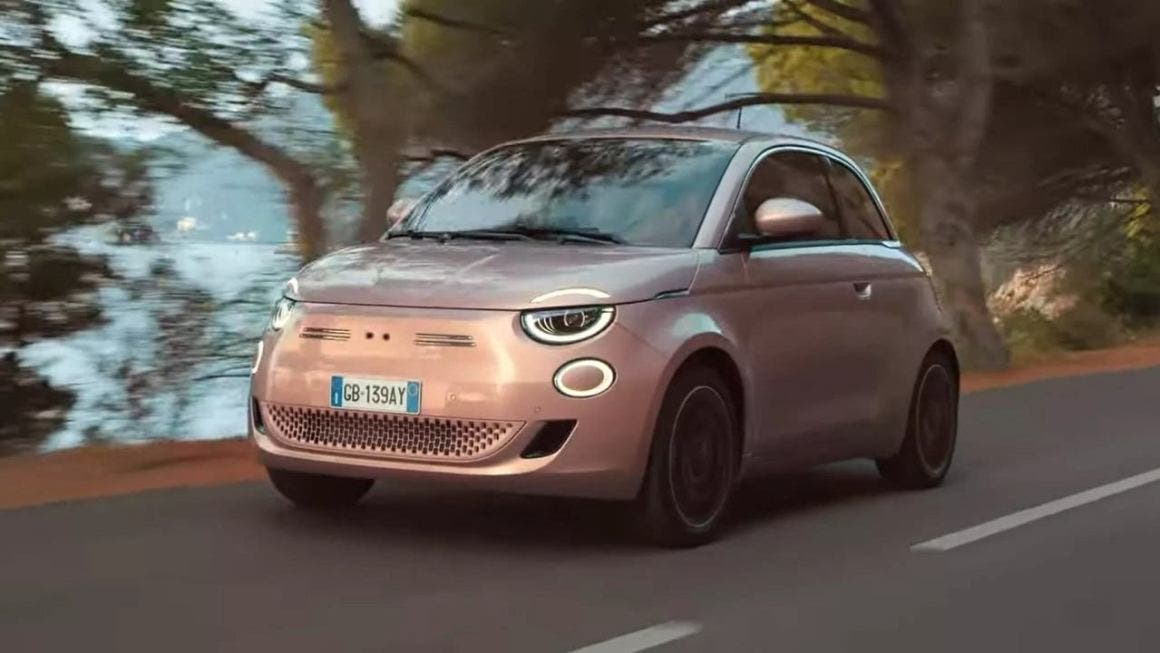Fiat has released a new promotional video that’s different from the usual, featuring the electric 500. The peculiarity is that in the video, the vehicle appears without a logo and name. It seems that the spot was created as a “response” to the latest controversies that have arisen with the Italian Government on the issue concerning the Fiat Topolino, forced to remove the sticker with the Italian flag because it is produced in Morocco and, as far as Alfa Romeo is concerned, a brand also owned by Stellantis, for the name change of its latest B-SUV from Milano to Junior.
Fiat 500e: the new spot shows the vehicle without logo, name, and flag

The new advertising spot is titled “Fiat, No Logo” featuring, in fact, the electric version of the 500. Right from the start, it is possible to see that the brand logos are missing, as well as the model name. The video is accompanied by the voice of the narrator who recites: “If this car had no logo, if it had no name, if it had no flag… If it had nothing to say who it is, or where it comes from, everyone would still recognise it. Because when a car has an iconic design and has always represented the joy of living, it can only be Italian. It can only be a Fiat”. At the end of the video, the words “500e. Produced in Mirafiori” appear, as if to remind us of its Italian origins.
The whole thing seems like a spot that tries to respond to the Italian Government following the seizure of the 134 Topolinos with Italian flag stickers applied, while it is produced in Morocco. Even before that, the controversy had erupted over the name of Alfa Romeo Milano which, according to an Italian law, cannot bear this name because it is assembled in Poland, therefore outside the Italian borders. So to avoid any problems, the company decided to change the name of the B-SUV to Junior.
Following all the controversies, the CEO of Stellantis, Carlos Tavares, on the occasion of the presentation of the new range of Lancia Ypsilon, had declared that “the Greek Government is happy that we use the name ‘Ypsilon’“, despite the vehicle not being produced in Greece, but in Spain. In short, continuous back and forth that follows a period of tension between the Group and the Government, which continues to put pressure on achieving 1 million vehicles produced in the country by Stellantis.

